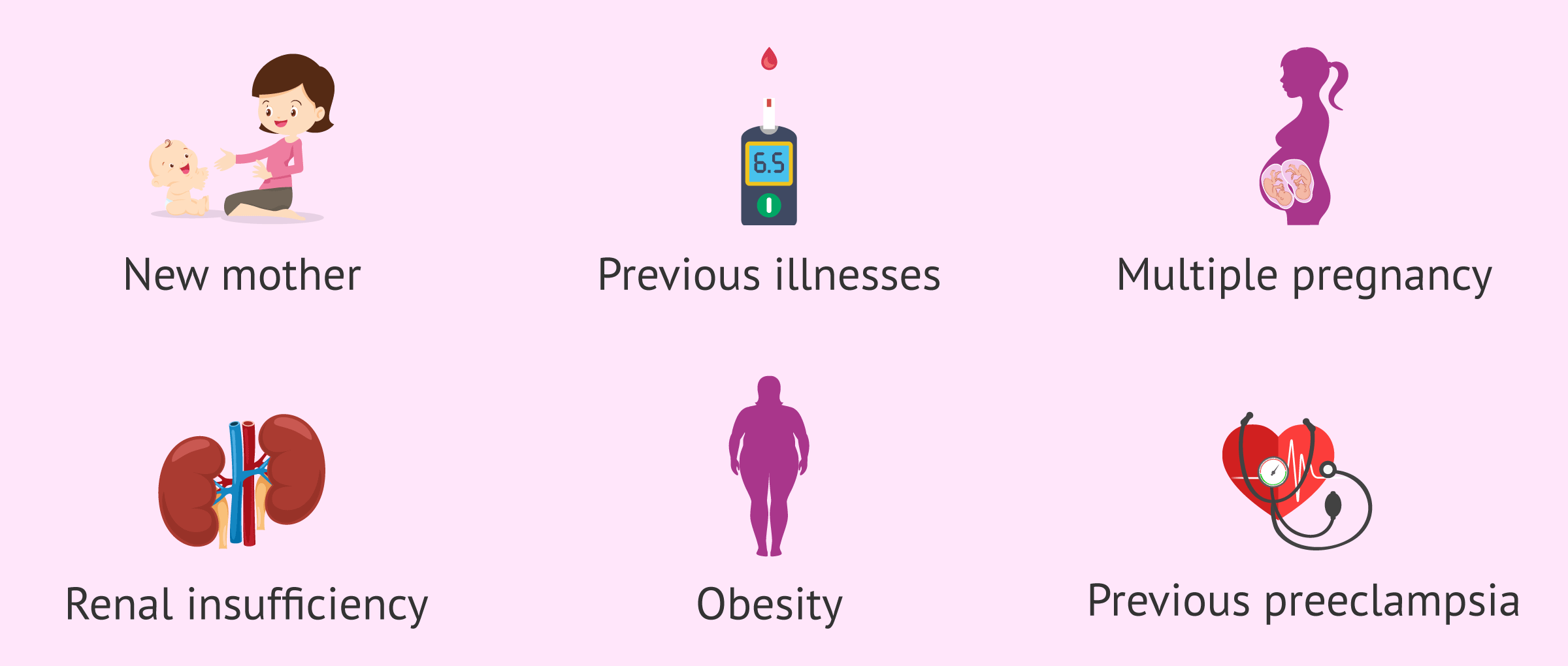Preeclampsia, a condition characterized by the onset of high blood pressure during pregnancy, can pose significant risks to both the mother and the baby if not identified and managed promptly. It is crucial for expectant mothers to be aware of the signs and symptoms of preeclampsia to ensure timely medical intervention. While it can be a silent disease, with some women experiencing no noticeable symptoms, being informed about the potential indicators can help in saving pregnancies and preventing complications.
Understanding Preeclampsia
Preeclampsia affects a significant number of pregnancies worldwide and is considered a leading cause of maternal and fetal morbidity and mortality. The condition typically develops after 20 weeks of gestation and can rapidly progress, leading to severe complications if not adequately addressed. The exact cause of preeclampsia remains unclear, but it is believed to involve the placenta and the development of a condition known as placental insufficiency, where the placenta does not function correctly.
Identifying the Signs
Recognizing the signs of preeclampsia is vital for early detection and treatment. The following are key indicators that expectant mothers should be aware of:
High Blood Pressure: This is the most common and noticeable sign of preeclampsia. Women with preeclampsia often have blood pressure readings that are higher than 140⁄90 mmHg.
Protein in Urine (Proteinuria): The presence of an excessive amount of protein in the urine is another indicator, although this may not always cause noticeable symptoms.
Severe Headaches: Persistent and severe headaches can be a symptom of preeclampsia. These headaches are often described as blinding and may be accompanied by vision changes.
Vision Changes: Women may experience vision disturbances such as double vision, sensitivity to light, or seeing flashing lights, which can indicate preeclampsia.
Nausea and Vomiting: While these are common symptoms in pregnancy, their sudden onset in the second or third trimester could indicate preeclampsia.
Abdominal Pain: Upper abdominal pain, particularly on the right side, can be a symptom. This pain may feel like a severe, persistent stomach ache.
Rapid Weight Gain: In addition to monitoring blood pressure, rapid weight gain, particularly over a short period, can be indicative of fluid retention associated with preeclampsia.
Swelling: While swelling in the hands, feet, and face is common in pregnancy, sudden or severe swelling could be a sign of preeclampsia.
Reduced Urine Output: Producing less urine than usual or a decrease in the frequency of urination may indicate kidney problems associated with preeclampsia.
Pain in the Right Shoulder: This is a less common symptom but can occur due to liver distension or liver capsule inflammation, which can be a complication of severe preeclampsia.
Management and Prevention
While there is no foolproof way to prevent preeclampsia, regular prenatal care is crucial for early detection. This includes monitoring blood pressure and urine protein levels during pregnancy. Lifestyle modifications such as maintaining a healthy diet, staying hydrated, and managing stress can also support overall health during pregnancy.
In cases where preeclampsia is diagnosed, treatment options vary depending on the severity of the condition and the gestational age. Mild cases may be managed with close monitoring, while severe cases may require hospitalization and, in some instances, immediate delivery.
Conclusion
Preeclampsia is a condition that requires vigilance and prompt action to prevent serious complications. By being aware of the signs and symptoms and maintaining regular prenatal care appointments, expectant mothers can significantly reduce the risks associated with preeclampsia. It is also essential for healthcare providers to maintain a high index of suspicion and to be proactive in diagnosing and managing the condition to ensure the best possible outcome for both mother and baby.
Can Preeclampsia Be Prevented?
+While there’s no guaranteed way to prevent preeclampsia, regular prenatal care, a healthy diet, staying hydrated, and managing stress can support overall health during pregnancy and may help in early detection and management of the condition.
What Are the Risks of Untreated Preeclampsia?
+Untreated preeclampsia can lead to severe complications for both mother and baby, including eclampsia (seizures), stroke, and in severe cases, death. For the baby, it can result in premature birth, low birth weight, and other neonatal complications.
How Is Preeclampsia Diagnosed?
+Preeclampsia is diagnosed through regular prenatal check-ups, which include monitoring blood pressure and urinary protein levels. Additional tests such as blood tests to check liver and kidney function and ultrasound to assess fetal growth and well-being may also be conducted.


